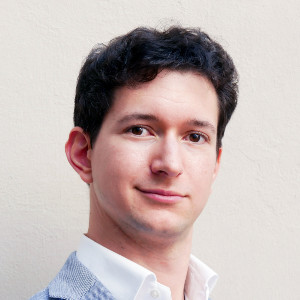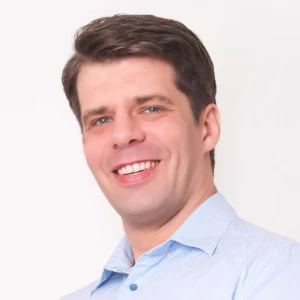Hi,
First of all, I totally agree with Francesco on the process. You should always come back to the cases you've solved and reevaluate your structures.
Secondly, I believe it's very much related to industry / functional knowledge.
There are several sources of information to develop industry knowledge and learn to build MESE structures:
- Cases - you simply solve 50-70 cases and get a broad knowledge of different industries, common pitfalls and questions. The key here - find good partners who already had case interviews with MBB companies
- Company reports, equity reports, IB roadshow docs - usually have a good overview of company and industries. Annual company reports are probably the best source of information about the industry. Make your structures while reading the reports
- Books - one good book about airlines can help you build all possible airlines frameworks
I strongly recommend practice drawing structures for each industry - profitability, value chain, etc
Then I will switch to getting functional knowledge (Marketing, supply chain, finance, etc) and drawing various functional structures.
Also here are my recommendations about particular industry structures:
- Retail - make sure you understand key retail metrics (P&L lines, same store sales, revenue per square meter and per person, etc) and distribution metrics (share on shelf, etc)
- Airlines - read about profitability issues, different routing models, cost structure, industry metrics like load factor and make sure you know all possible additional revenue streams
- Telecom - I would read industry reports and try to understand how telecom is transforming with internet penetration and tech innovations
- Banking - you should know the key products in corporate and retail banking and how they earn money (Interest, commission, transactional)
- PE / M&A - try to make a proper Due Diligence structure, Revenue synergies and cost synergies.
Good luck!















